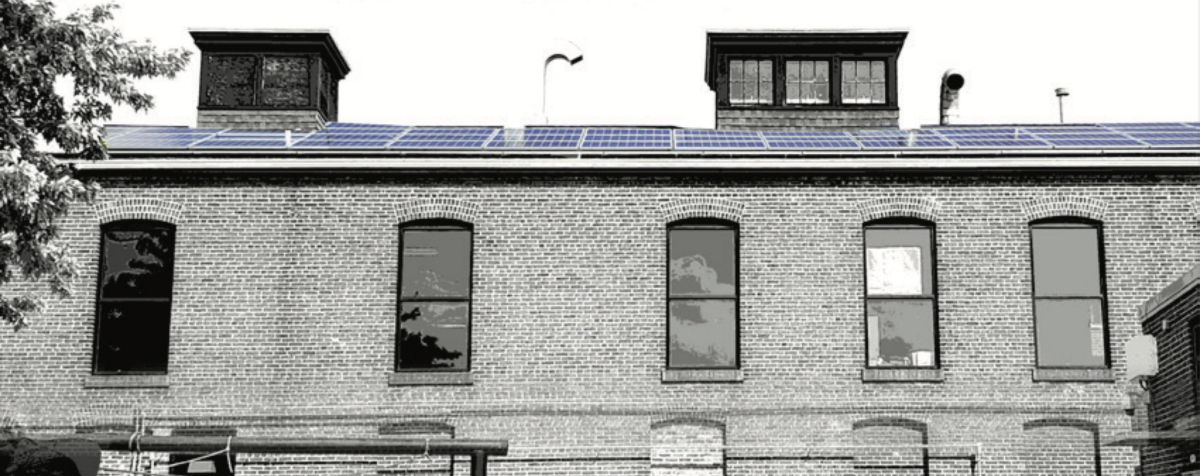The recent report Energize Your Impact by Clean Energy States Alliance (CESA), assesses eight approaches domestic foundations like the Bezos Earth Fund and the Couillard Solar Foundation are following to support the development of solar and solar-plus-storage projects in low- and medium-income communities. Ventures are primarily focused on providing community-serving institutions with access to solar and storage systems. Examples include multifamily affordable housing buildings, community centers, schools and senior care facilities.
“The report does not claim a single optimal intervention model,” said Vero Bourg-Meyer, the report’s lead author and a CESA project director. “It will require a mix of these strategies to deploy solar and solar-plus-storage at scale in LMI communities successfully.”
The report lists eight approaches that can be categorized into three groups.
Group one encapsulates approaches that reduce the costs of solar and solar-plus-storage installations (think grants and donations of solar panels). Group two involves approaches that provide project developers with access to financing. Funding solutions in this group also support the growth of private businesses and establish rules for crisis intervention and commercial activity of buildings with solar and storage systems. Examples of financing applicable to this category include loans, loan guarantees and equity investments. Group three covers strategies that help community organizations prepare to install solar and storage systems. Funding options include technical assistance funds and capacity-building programs.
In 2020, Clean Energy Group surveyed a network of community-based organizations, municipalities, affordable housing developers, and technical service providers planning and developing solar-plus-storage projects or having reported recently completing them. They found that the lack of financing options was a leading limitation to installing solar and storage systems, “62% of respondents stated they had encountered or expected to encounter financing issues,” the survey reports.
Technical issues were also a significant blocker, with 42% of community organizations surveyed stating they expected to encounter or encountered problems accessing building energy usage data. Clean Energy Group suggests this may be because community organizations – particularly those new to installing solar and storage systems – may lack the training and monetary resources necessary to identify and remedy challenges like limited viable roof space for solar panels or isolation of critical loads for a resilient system before and during the development process.
Interconnection and permitting delays also played a role, with 80% of affordable housing developers and nearly 60% of community organizations surveyed stating they encountered permitting and interconnection issues while trying to develop solar projects. Clean Energy Group attributes this to the scale of systems necessary to power larger properties as they are “more likely to trigger interconnection study requirements and other costly delays than smaller-scale installations,” the survey reports.
Solar Energy Industries Association’s 2023 Q3 report finds that community solar installations decreased by 16% compared to Q2 of 2022 and have stayed the same since Q2 of 2023. They list interconnection, growing market penetration, siting and permitting as the primary cause of solar and storage system stagnation in several states.
CESA says its report’s primary goal is to help foundations explore new investment models that will bring clean energy and its accompanying benefits to communities in need of solar and storage infrastructure.
This content is protected by copyright and may not be reused. If you want to cooperate with us and would like to reuse some of our content, please contact: editors@pv-magazine.com.








By submitting this form you agree to pv magazine using your data for the purposes of publishing your comment.
Your personal data will only be disclosed or otherwise transmitted to third parties for the purposes of spam filtering or if this is necessary for technical maintenance of the website. Any other transfer to third parties will not take place unless this is justified on the basis of applicable data protection regulations or if pv magazine is legally obliged to do so.
You may revoke this consent at any time with effect for the future, in which case your personal data will be deleted immediately. Otherwise, your data will be deleted if pv magazine has processed your request or the purpose of data storage is fulfilled.
Further information on data privacy can be found in our Data Protection Policy.